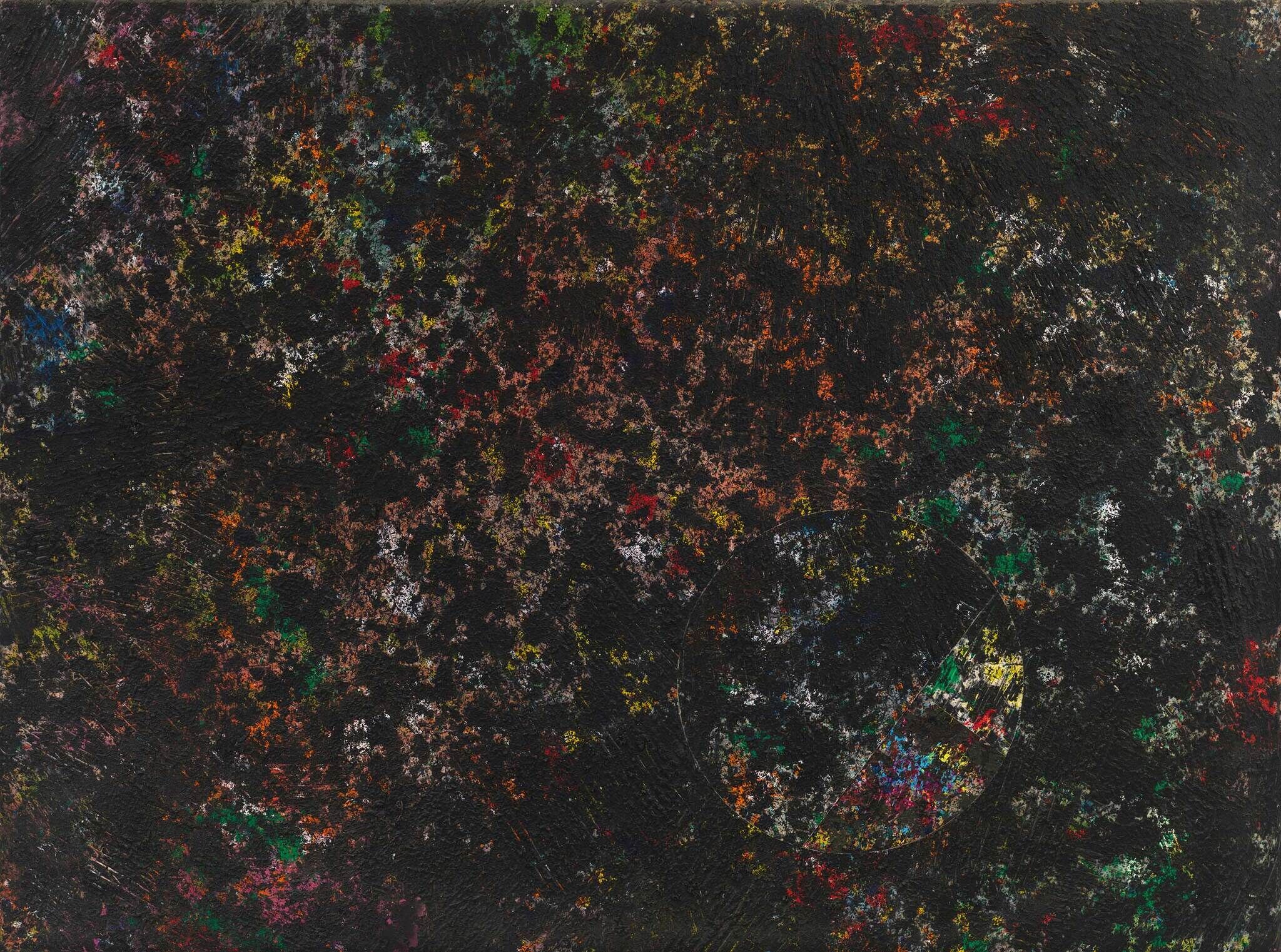Edges of Ailey | Art & Artists
Sept 25, 2024–Feb 9, 2025
Edges of Ailey | Art & Artists
Black Liberation
4
Alvin Ailey envisioned his dances as an embodiment of the fortitude of Black art and culture when he proclaimed: “Look how beautiful we are, look how wonderful we are as Black people. Look what’s happened to us in all these years despite our problems, despite our being brought here as slaves, look what has grown in us.” As a gay Black man, Ailey’s presence in the dance field and his choreography tested the very notion of freedom. The question of who could be free in times of lynchings, apartheid, homophobia, and the height of the AIDS crisis was paramount during his lifetime, as were the corresponding acts of collective resilience, including the civil rights and Black power movements and gay liberation advances.
Ailey’s dances channeled that momentum in a range of ways. His writings demonstrate a deep exploration of queerness in the texts he read, in the sources for his dances, and in his personal reflections. He sought to make Black dance, in his words, “universal” by having a multiracial dance company beginning in 1962. He espoused the model of a “total dancer,” trained to be well-versed in various techniques from jazz to ballet to modern, as a means of transcending disciplinary limits. He also insisted upon creative experimentation, never confining himself to one narrative, style, or aesthetic—from his abstract plotless dances to his politically informed works Masekela Langage (1969) and Survivors (1986). He established a dance school in 1969 and used his company as a vehicle to support the advancement of Black choreographers, providing resources for the creation and presentation of new dances. Ailey maintained an equal presence at public schools, community centers, and historically Black colleges and universities as he did on performing arts stages and in international venues.
Artists
- Terry Adkins
- Alvin Ailey
- Emma Amos
- Benny Andrews
- Ellsworth Ausby
- Eldren Bailey
- Richmond Barthé
- Jean-Michel Basquiat
- Romare Bearden
- Kevin Beasley
- John Biggers
- Beverly Buchanan
- Elizabeth Catlett
- Karon Davis
- Roy DeCarava
- Beauford Delaney
- Thornton Dial
- Aaron Douglas
- Sam Doyle
- David Driskell
- David Driskell
- Robert Duncanson
- Melvin Edwards
- Rotimi Fani-Kayode
- Meta Vaux Warrick Fuller
- Charles Gaines
- Ellen Gallagher
- Theaster Gates
- Sam Gilliam
- David Hammons
- Lyle Ashton Harris
- Maren Hassinger
- Palmer Hayden
- Barkley L. Hendricks
- Geoffrey Holder
- Lonnie Holley
- Clementine Hunter
- Hector Hyppolite
- Wadsworth Jarrell
- Rashid Johnson
- William H. Johnson
- Loïs Mailoi Jones
- Jacob Lawrence
- Ralph Lemon
- Norman Lewis
- Samella Lewis
- Glenn Ligon
- James Little
- Antonio Lopez and Juan Ramos
- Mary Lovelace O'Neal
- AI Loving
- Kerry James Marshall
- Archibald John Motley, Jr.
- Thomas Nast
- Senga Nengudi
- John Outterbridge
- Joe Overstreet
- Jennifer Packer
- Gordon Parks
- Fon peoples
- Horace Pippin
- Noah Purifoy
- Martin Puryear
- Faith Ringgold
- Betye Saar
- Lorna Simpson
- Alma Thomas
- Blaise Tobia
- Bill Traylor
- Makers unknown
- Rubem Valentim
- James Van Der Zee
- Carl Van Vechten
- Kara Walker
- Paul Waters
- Carrie Mae Weems
- Charles White
- Kandis Williams
- Hale Aspacio Woodruff
- Lynette Yiadom-Boakye
- Purvis Young

